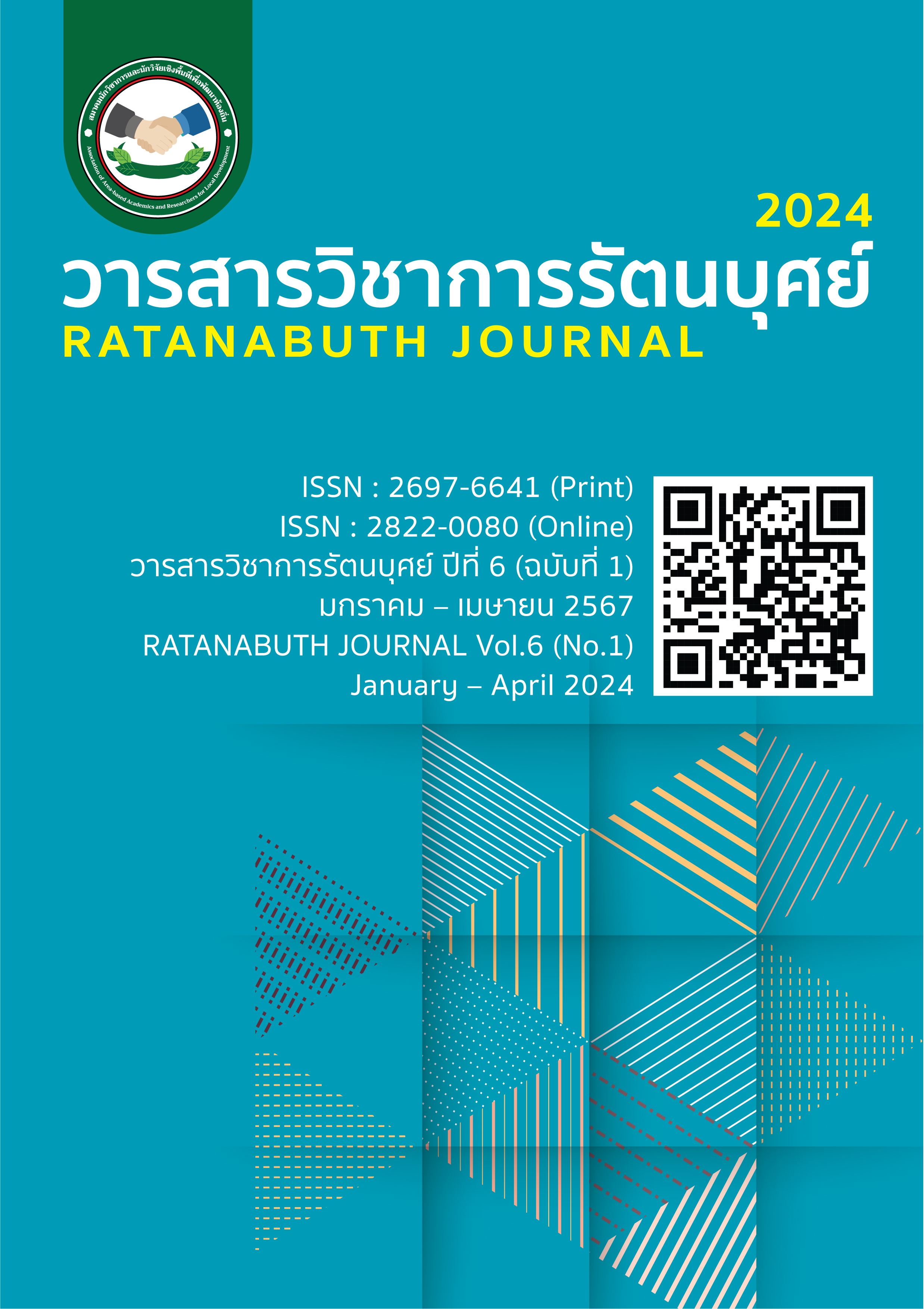Strategy for creating and developing artistic ecology of Lijiang Painting School Strategy for creating and developing artistic ecology of Lijiang Painting School
Main Article Content
Abstract
This article focuses on the brand development and growth strategy of Lijiang Painting School. in the cultural and ecological environment in Guangxi area the goal is to create a path towards sustainable development. Go through the strategy review and explore the methods. combined with identifying flaws in the development process and propose corrective measures A possible strategy for the development of the Lijiang School of Painting is thus suggested. This article has explored ways to achieve sustainable development and identified issues that need attention in the development of the Lijiang School of Painting. By reviewing the literature, studying the relationship between customs and ethnic cultures of the region, observing, interviewing, asking questions, brainstorming ideas, and guidelines for establishment. and development to cover branding strategies for sustainable art school development. The study concluded that in order for the Lijiang School of Painting Achieving sustainable development in the contemporary art ecosystem It is necessary to focus on reasonable positioning. Strengthen inner strength and responds actively to social interactions and challenges. This conclusion not only provides a clear strategic direction for the development of the Lijiang School of Painting. But it also offers valuable insights for art genres in other regions that face similar challenges.
Article Details

This work is licensed under a Creative Commons Attribution-NonCommercial-NoDerivatives 4.0 International License.
References
Bi, M. L., (2023). Integration strategy of regional cultural characteristics and visual image of agricultural regional brands. Art Education Research, (15), 120-122.
Chao, L., Hafiza, N., (2023). Research on the Strategy of Local Cultural Creative Products and Brand Building. Academic Journal of Humanities & Social Sciences. https://doi.org/10.25236/ajhss.2023.06 2, 110.
Feng, F. J., (2021). The impact of regional landscape resources on landscape painting in Guangxi. Art World, (07), 92-93.
Geng, Can. (2020). Research on Chinese Mongolian calligraphy from the perspective of cultural ecology (Doctoral dissertation, Inner Mongolia University). https://kns.cnki.net/ KCMS/ CDFDLAST2021&filename= CDFDLAST2021&filename=1020653265.nh
Huang, Gesheng. (2004). The necessity and feasibility of building the “Lijiang Painting School.” Art Exploration, (03), 5-6.
Kononenko O., (2021). THEORETICAL ASPECTS OF THE ORGANIZATION BRAND MANAGEMENT. 76-82. https://doi.org/10.30837/ITSSI.2021.15.076.
K. Kovalchuk, M. Podorozhna. (2021). Conceptual Principles of Brand Formation. Business Inform. https://doi.org/10.32983/2222-4459-2021-5-396-401.
Pan Lina. (2018). On the temporality and individuality of the Lijiang Painting School in the past decade. Culture and Communication, (05), 53-58.
Pan, Q. (2002). The era calls for the “Lijiang Painting School” - Speech at the Seminar on Building the “Lijiang Painting School” in the Guangxi Art Circle. Art World, (12), 3-5.
Peng, Feng. (2022). Ecological art and artistic ecology: Appreciation varies with differences. Art Observation, (01), 6-8.
Sharma, D., Sharma, P., Lala, A., Yadav A., (2023). Understanding the Cultural and Societal Factors Influencing Brand Renaissance. International Journal of Scientific Research and Management. https://doi.org/10.55041/ijsrem
Wang Xiaoyue, Liu Hexiang. (2023). Reconstruction of local artistic ecology of the Lishui River in northern Hunan. China Nationalities Expo, (04), 72-74
Wu Zhiming. (2023). Principles and development strategies of contemporary urban public environment ceramic art design. Ceramics Science and Art, (12), 22-23.
Xu Min. (2021). Research on the inheritance and protection strategies of Sichuan's finger-painting art from the perspective of intangible cultural heritage (Master's thesis, Chengdu University). https://kns.cnki.net/KCMS/detail/detail.aspx?
dbname=CMFD202102&filename=1021578915.nh
Yang L. (2020). Legal considerations in the process of building the cultural brand of the Lijiang Painting School. Culture and Education Materials, (36), 84-86.
Yan, Xuefeng. (2023). Development Strategy of Yun Gang Culture Brand IP in Regional Culture Reshaping. Journal of Shanxi Datong University (Social Science Edition), (06), 105-112.
Zhang, R., Zhang H., (2023). Balance and imbalance: Art market and contemporary Chinese artistic ecology. Art (04), 54-57.
Zhao Yue. (2020). Understanding the “growth” of ink painting from the perspectives of “artistic ecology” and “contemporary context” (Master's thesis, China Central Academy of Fine Arts). https://kns.cnki.net/KCMS/detail/detail.aspx?dbname=CMFD202101&filename=1020368622.nh
Zhuang L. (2019). Modern development strategy of Jiangsu watercolor painting. Journal of Hubei Open Vocational College, (12), 193-194.


